Toms Shoes: How the Right Marketing Strategy Creates a Half-Billion-Dollar Brand
According to research, today, 91% of millennials tend to choose to shop from businesses that have a social cause to serve. Seventy-two percent of customers will prefer a brand that promotes a good cause over one which does not. To remain competitive and relevant in contemporary consumers ‘minds, brands such as Dove and Dennys have begun to emphasize their social contributions through purpose-driven marketing. Yet few companies have pursued this tactic as successfully as Toms, which has taken the cause marketing strategy to the next level.
Cause marketing is when a business actively tries to connect its for-profit business side with a non-profit charitable cause that serves the society. Businesses that adopt this marketing strategy typically are not based on a donation package but on the product or service that their customers buy. Through applying cause marketing to the company, businesses may obtain a positive public image and through customer relationships.
Toms shoes company is a prime example of the application of cause marketing to its branding. Toms launched an “one for one” idea model by using the cause approach, in which the company would donate a pair of shoes for each sale they made to disadvantaged children. This model not only effectively boosts the prestige and sales of Toms shoes but also leaves customers with a positive impression of the Toms brand.
In this article, I will explain to you how Toms’s marketing strategy has brought about its success, and then how they have executed their marketing strategy. Hopefully, you will be able to grab some take-aways from the success Toms has achieved with its marketing effort and apply them to your business.
Toms: How a marketing strategy has brought about $625million-worth company
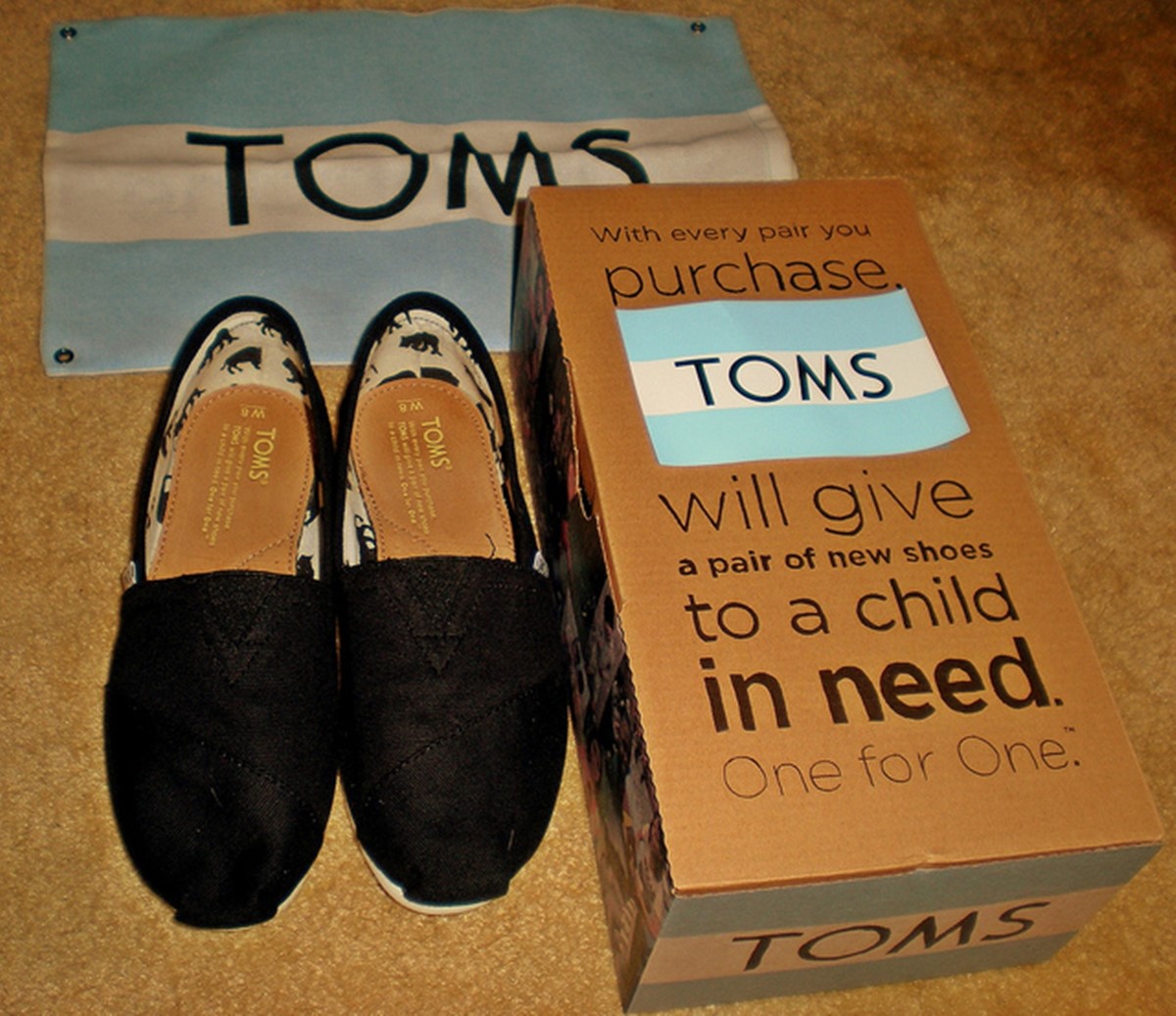
Toms was one of the first consumer brands to directly incorporate the social cause marketing strategy into its business model. With its “One for One” campaign, Toms offers one pair of shoes for every pair that a customer buys to a child in need. To date, there have been donations of 75 million pairs of shoes, and the company’s value was recently estimated at $625 million.
Yet from the viewpoint of marketing, what makes Toms successful doesn’t lie in the fact that it successfully combines its profit benefits and social cause. What makes Toms special is that it focussed nearly all of its marketing campaigns on its social mission from the very beginning. “One for One” is not just a marketing slogan; it’s a business model. It’s a front-and-centre message on Toms’s website and on many of its marketing materials.
As a result, when customers think about Toms, it is difficult not to associate it with the company’s contribution to social purpose. The product and the intent in consumers ‘minds are one. This approach is purpose-driven at its finest.
Toms’s brilliant and powerful marketing strategy has made up of 5 core cornerstones that will be introduced in the following.
The 5 cornerstones of Toms marketing strategy
1. Toms connects closely with its community
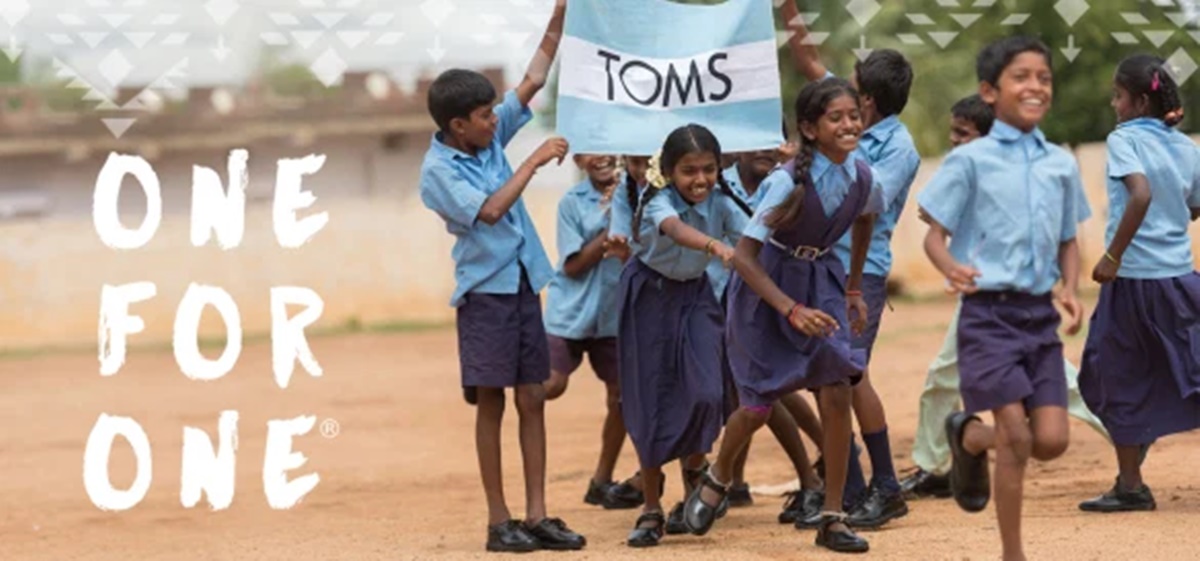
Since Toms is a company focusing on creating a movement, it must engage in community-building through knowing and communicating with its members.
Toms spent significant time and money in gaining a clear interpretation of the behaviors of their customers. It understands that the majority of their customers don’t get out of bed in the morning without checking their social status or emails in this omni-channel and omni-connected world.
This deep understanding of the preferences and expectations of their customers has helped the team to develop meaningful communication strategies with a focus on the social intent of the brand. The idea of being “Mocial” is at the heart of their approach. Toms wants to be social in its online presence, and interactive in the way it communicates socially, and it does this very early and soon.
2. Toms delivers content, products, and services closely related to its social cause

When creating marketing material, Toms’s marketing team repeatedly asks two questions: “Is this content relevant and able to create instant connections? “In what way is the content valuable to the customer?”. Toms knows that content must carry with it a human value, not just a monetary value of discounts and coupons. And when a consumer buys an item, Toms seeks to focus on the impact the customer is making that they are changing the world for the better. In this way, Toms makes its customers feel as active participants in the social mission of the company.
3. Toms diversity its product lines and social commitments to stay relevant
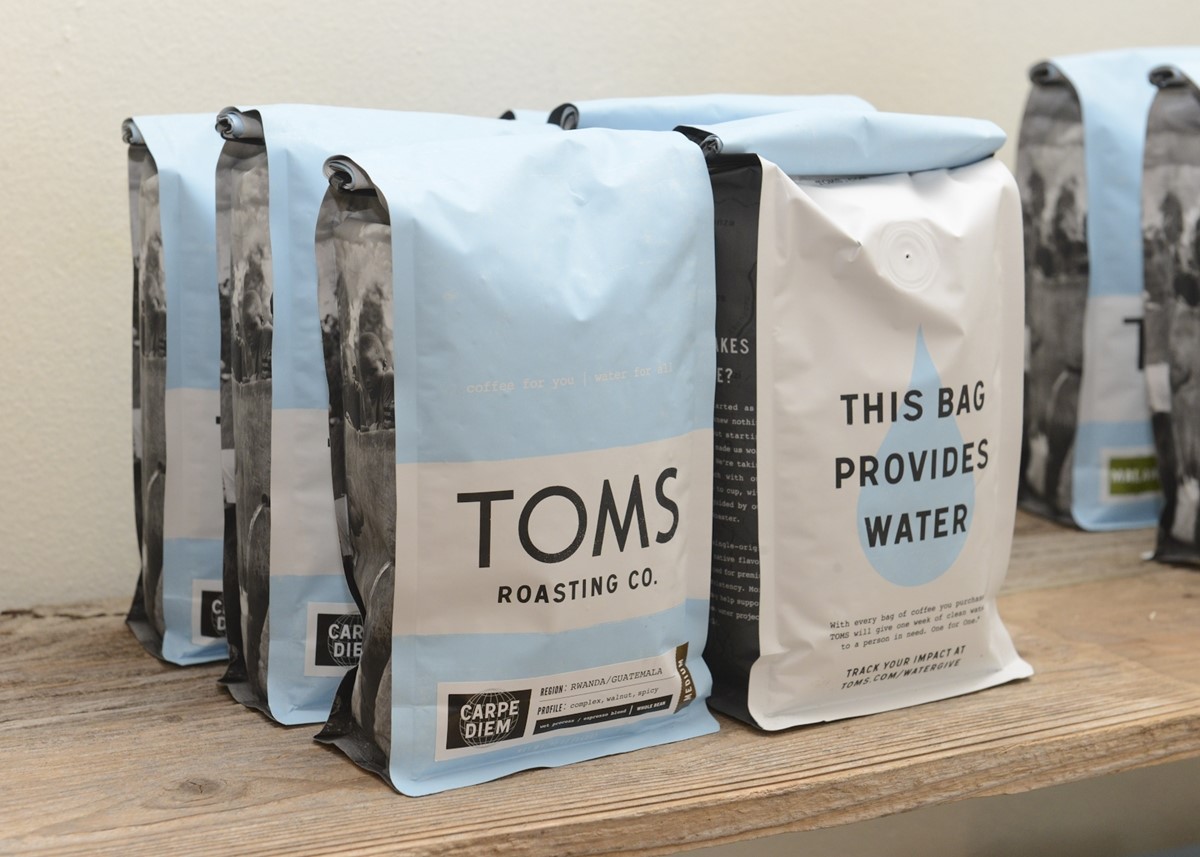
To remain relevant to customers in a fast-changing world, Toms has over the years adjusted its social mission to reflect its consumers ‘changing social priorities.
Toms has been expanding both its product line and its contribution to social change since its establishment 11 years ago. Purchase a pair of Toms sunglasses, and the brand provides a person in a developing world with an eye exam and vision care.
Purchase a bag of Toms coffee, and the company offers clean water to those in need for a week. By diversifying its product range and social commitments, Toms continues to be meaningful to its consumers even if they don’t want to purchase new shoes.
4. Toms takes interactions with customers very seriously

To make sure the Toms brand grows and evolves in line with its customers ‘preferences, Toms knows it’s necessary to keep listening and adapting to the changing conversation. One way Toms achieves this is by giving incentives to encourage its customer-service agents to spend more time with customers on the phone. It wants its customers to speak longer with their people because this is an opportunity to tell the brand story to the consumers, to explain to them why their purchase is important to the social cause and how their engagement matters.
5. Toms develops a culture of innovation
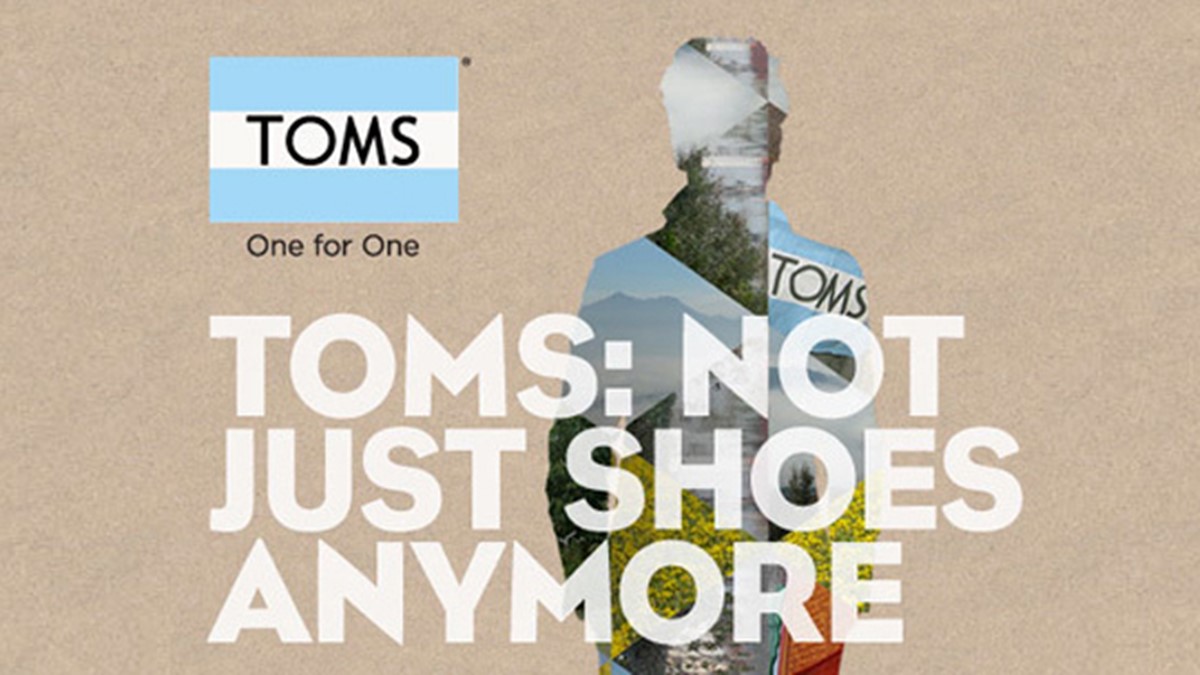
Innovation today is no longer a nice thing to have; it’s a necessity to survive in the highly competitive business world. And Toms is well aware of that. Serving millennials and becoming a pioneer in the digital era are both important now.
The team has implemented an approach that they call “TTF” – Try, test, and fast – to promote creativity internally. This culture of innovation is critical because Toms constantly experiment with new products and services in order to move forward.
How Toms has put their marketing strategy into practice
1. Toms started with a fascinating personal story from its founder Blake Mycoskie
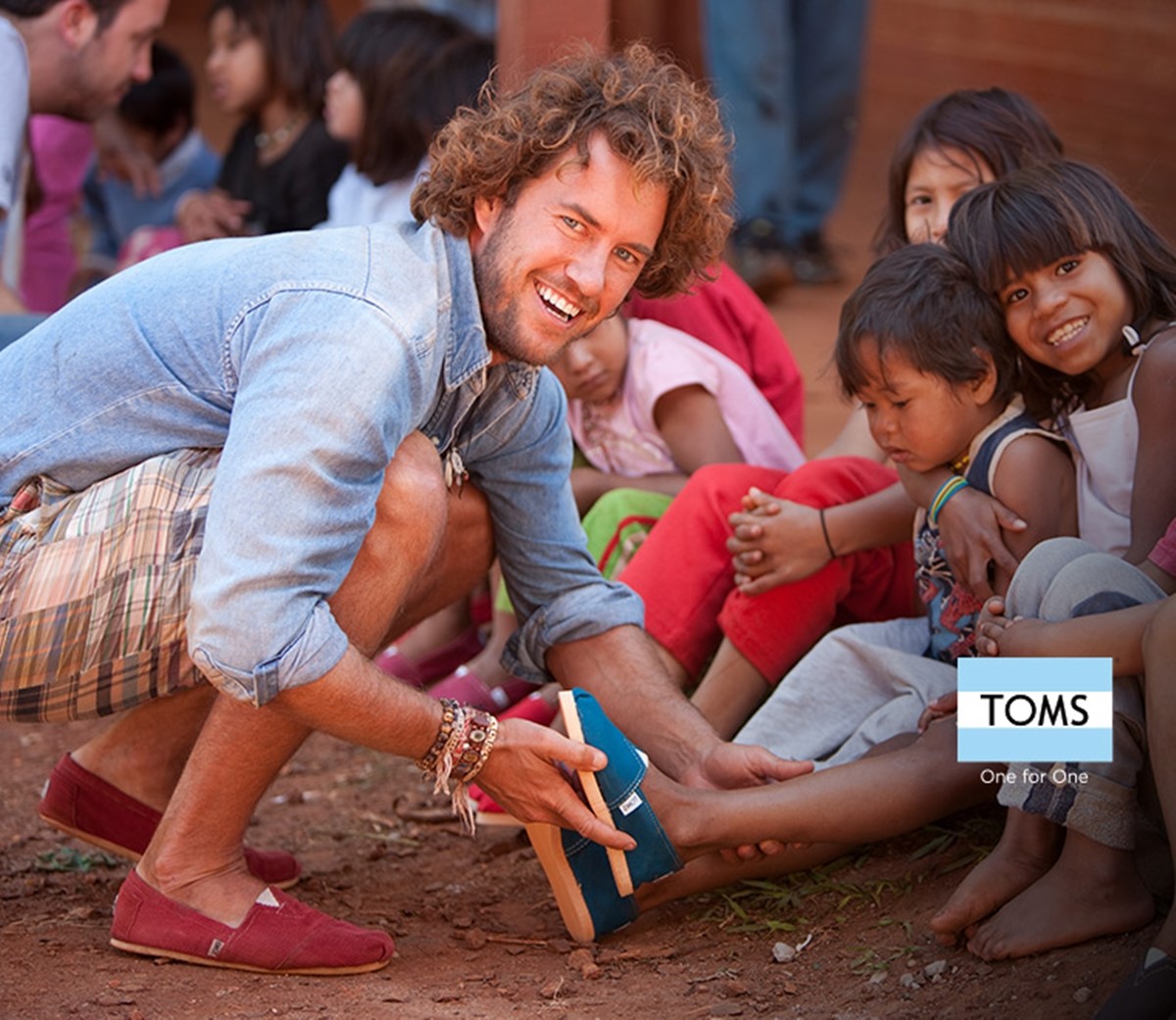
Blake Mycoskie, Toms’ Chief Shoe Giver, looks more like a backpacker than a traditional CEO with his long, curly hair. He was a former The Amazing Race participant (losing the $1million reward to just four minutes).
The experience inspired him to venture to Argentina, where he experienced the hardships of living without shoes that children faced firsthand. He wanted to do something about it and he wanted that founding a social enterprise would be the solution.
The intentions of Mycoskie are important for the brand’s positioning. If people are going to purchase a pair of simple-looking shoes, they would want it to have a story they can buy into and feel to be a part of.
Realizing this, Toms features Blake’s bio proudly on their website. Zita Cassizzi, Toms’ Chief Digital Officer, said: “It is different from traditional marketing because we are not just a shoe, sunglasses, a fashion, or a coffee company. We are not just selling, we are also a movement.”
Key take-away:
For young lifestyle brands, With the CEO being the face of the brand can be extremely beneficial to the brand image. Early on the brand will benefit from being a successful extension of the personality of the creator. Many brands that leveraged this to massive success: Nasty Gal, Beardbrand.
2. In 2011, Toms created a phenomenon “One Day Without Shoes”, much like the Ice Bucket Challenge
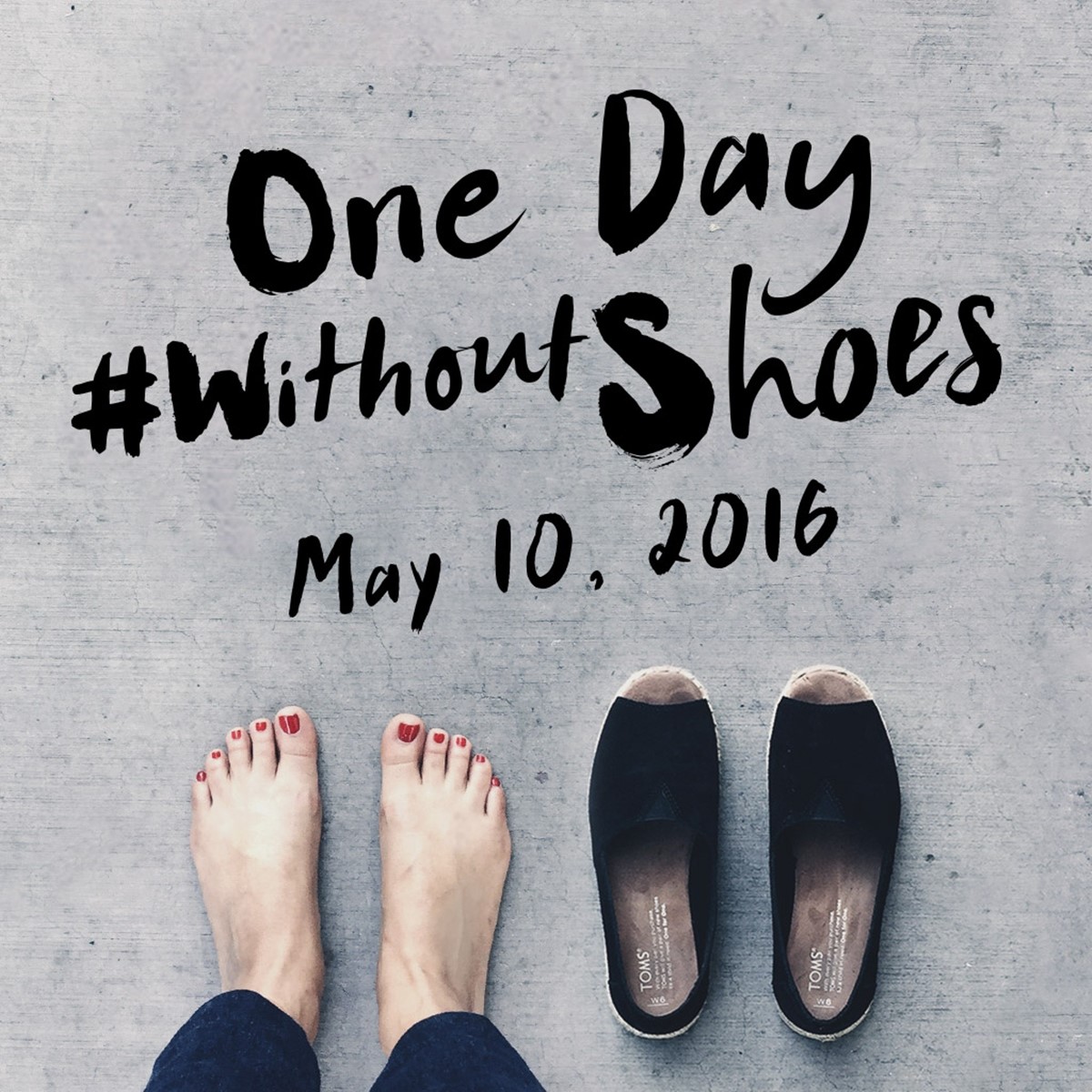
This huge movement has its own standalone website, OneDayWithoutShoes.com. What it does is encouraging people to spend a normal day barefoot, which allows them to know what it’s like to live without shoes, and so that they can empathize with children around the world who don’t have access to the luxury of shoes.
The campaign has the advantage of being widely visible, encouraging people to demonstrate to their friends and people that they are socially conscious, that they make a small effort to help raise awareness about a humanitarian issue. This event has been held every year since 2007, with 1,600 events in total around the world and more than 250,000 participants in 2010. It’s clear that people want to participate in something that is meaningful to them.
Key take-away:
If you can, go and build memorable and meaningful movements and events. In sponsoring extreme sporting activities, Red Bull does that, Victoria’s Secret does this with an immersive, thrilling fashion show.
What do you do when you don’t have a big budget? Instead, do something smart! For example, Warby Parker won over the New York Fashion Week fashion editors by inviting them to a “secret event”at the public library – scoring points and publicity with a bit of creativity.
3. Toms makes the participation of its events effortless:
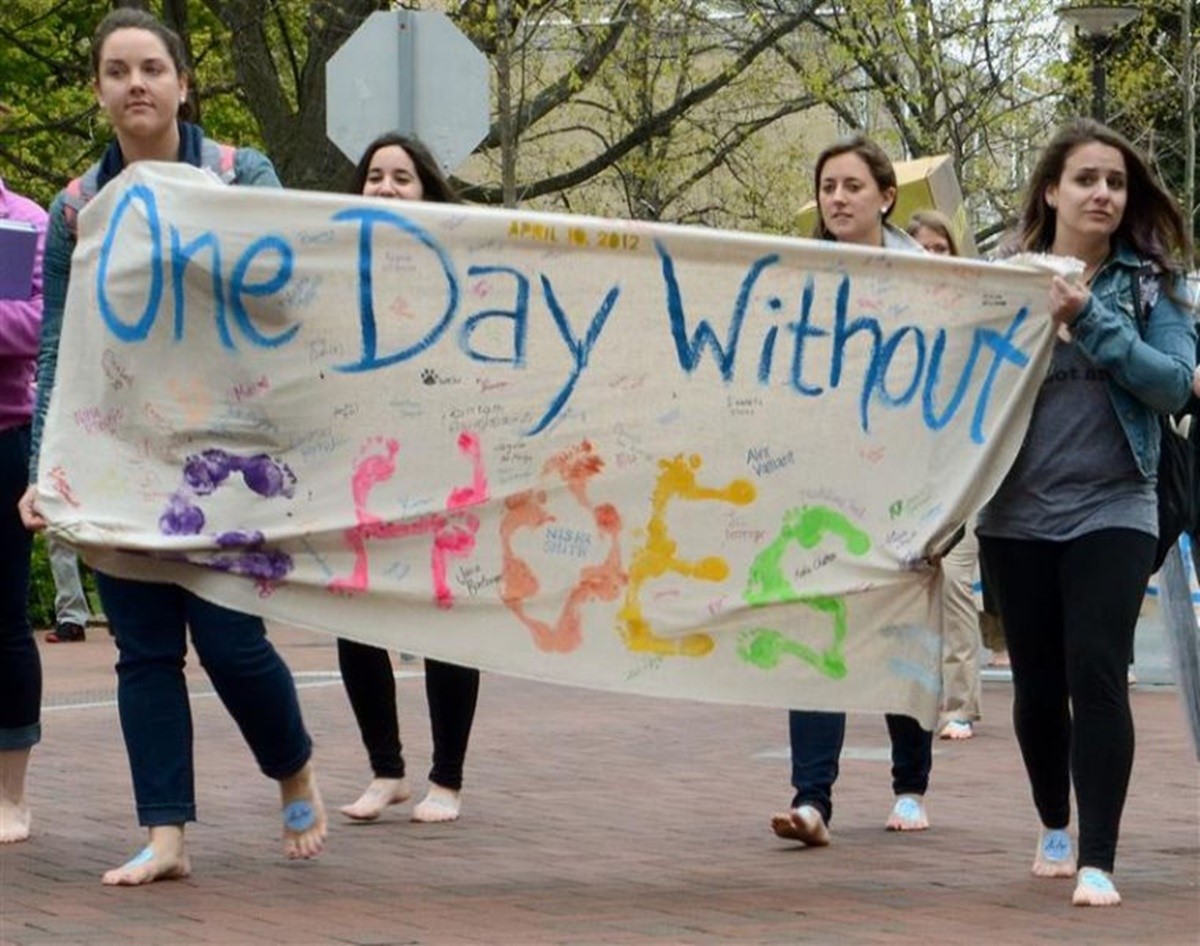
In a past campaign, Toms donated more than 290,000+ shoes just for barefoot photos from its customers on Instagram Criticizing this as promoting slacktivism is understandable – taking a photo of one’s bare feet is much simpler than going a day without shoes or pouring over your head a bucket of ice water. It’s for sure that there were uninterested people who participated just to look good. But, the approach was successful at delivering what it set out to do, and Toms did donate the 290,000+ shoes while raising a ton of awareness in the process.
Key take-away:
If you can make people look attractive, you can boost recognition for your brand with very little effort. tThere will almost definitely be critiques and allegations of slacktivism, but as long as the company fulfills the pledge (as Toms does, personally selling shoes to the disadvantaged), then what the critiques does is make he brand stronger.
4: Helping American Children In Need:
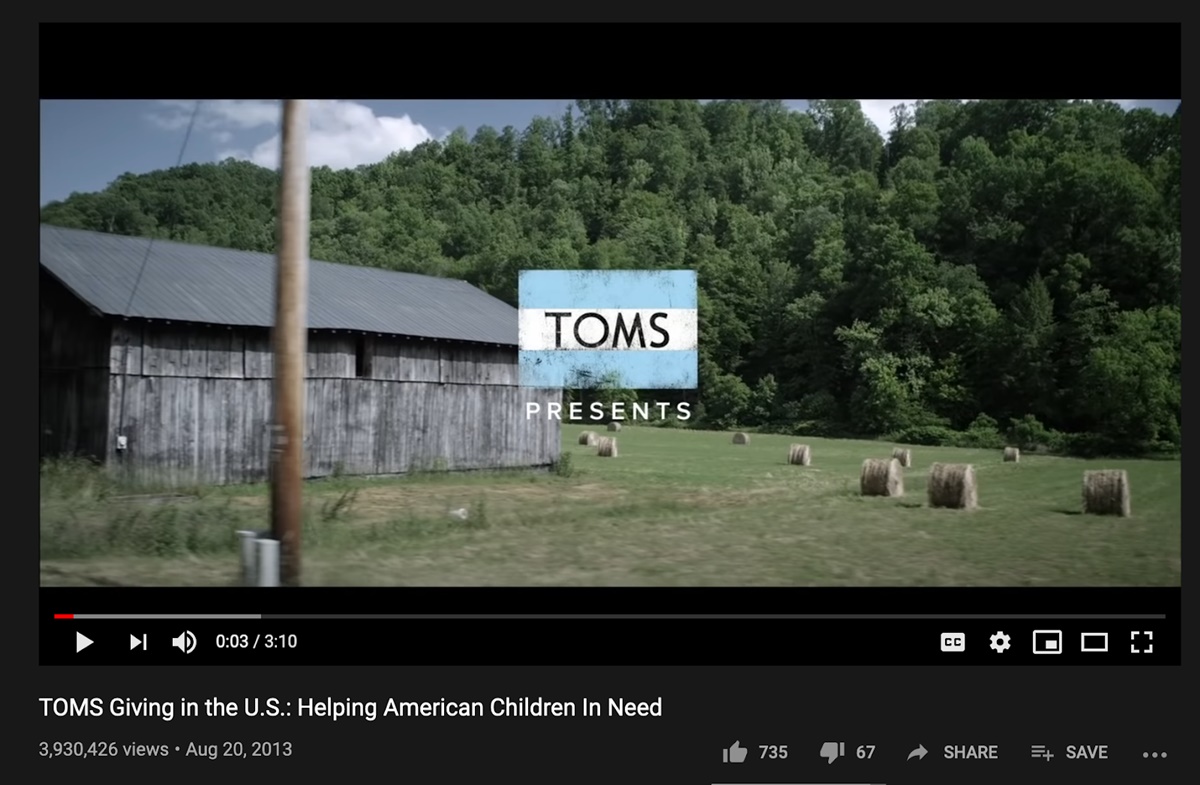
The video focuses on diverse experiences and offers an inspirational and overall feel-good feeling to help people. This is a classic example of the advertisement narrative theory, explained in the book Contagious and in Made To Stick. It allows prospective buyers (and also even the general public, who may not be involved in the brand) to contextualize and place the brand in our minds very easily and efficiently.
Key take-away:
What’s your Brand’s story? What is the emotional meaning of that? How is it motivating people to lead happier lives? It is of course easier for some brands to react to this than others. ‘Charitable’ brands and ‘lifestyle’ brands will find it easier to tell a story that resonates with large groups of people. B2B marketers may also be able to use storytelling– by concentrating on their customers ‘motivations, goal and meaning.
5. Toms’ Tickets To Give - raising awareness by having influencers garner votes from their own communities
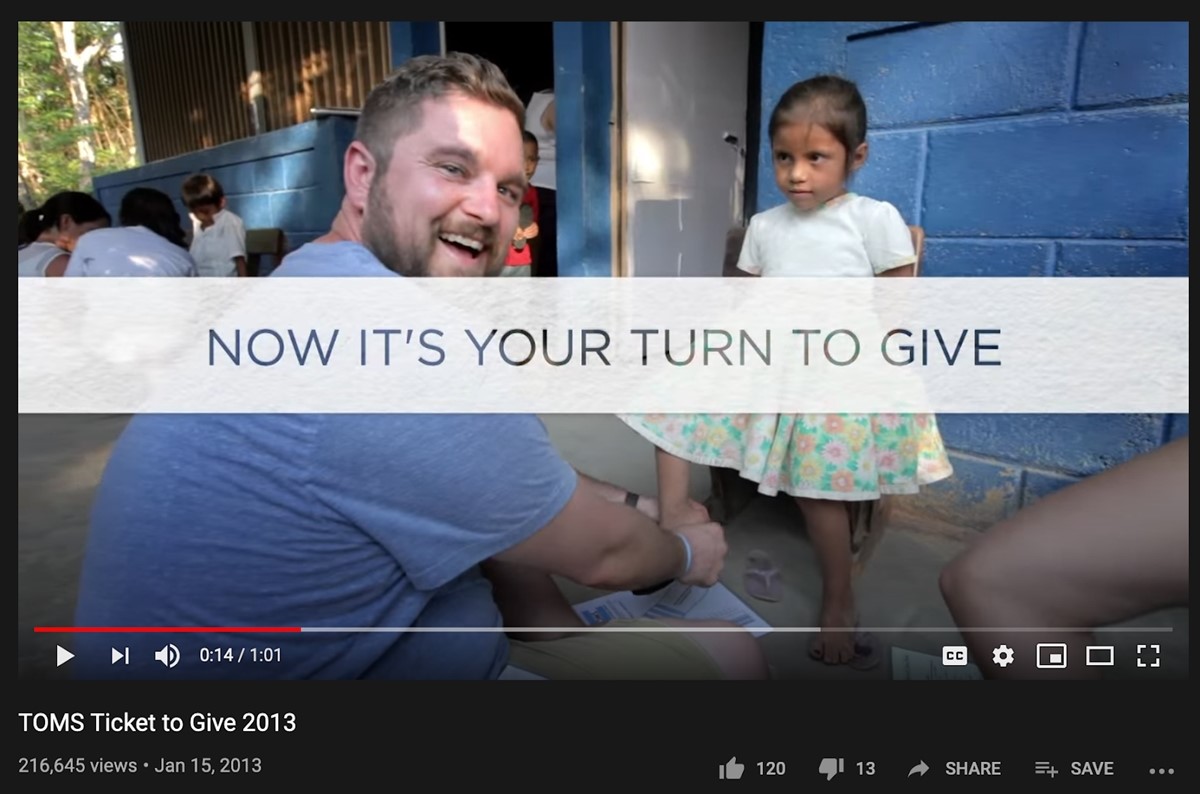
Can you build a contest worth canvassing for votes for with a prize? Toms can, and did. Here’s what Toms ‘Chief Marketing Officer Zita Cassizzi had to say about it: “We invited those who sent their inspirations to vote for them in their own groups, which was just engaging their peers. “Oh, vote for me because I just want to go on a journey of sharing.” So that’s one.
Every year, 50 Toms fans are selected to fly with the organization to assist in the mission of shoe giving. Such fans need to build personal accounts on the Toms website, present why they are the suitable candidates, and have friends, family and other fan fellows to vote for it. You can see what it would do with the traffic and SEO for Toms’s website!
Key take-away:
If you can design a contest that will excite fans to tell their friends about it, you can definitely generate recognition for your brand. Anything that lets people travel seems to be an exciting offer.
If you can’t afford to pay for flight tickets, imagine ways to create a memorable experience for your fans. Perhaps you should let them visit your warehouse, or join the process of creating your product. The more positive the impression, the more it will drive your fans to win the award.
Final words
Blake Mycoskie once said, “Customers stay loyal to us because buying Toms is like a badge that says, “I’ve done something for other people”.
Wherever we can offer the feeling of giving back to our customers, we will apply that to Toms Hotels or Toms Banking or other concepts that we haven’t come up with yet, as the One-for-One concept can be applicable to other things that consumers do.”
Today the Toms brand is valued at hundreds of millions. Mycoskie has published a book named Start Something That Matters, which focuses on his personal experience and his company’s marketing formulation.
This article on Forbes described them as “satisfying a highly established desire among consumers to casually signal personal identity by footwear.” The assertion could be cynically interpreted. Although it can be viewed relatively neutrally, too. Consumers have needs and desires, and there are companies as they aim to meet those needs and wishes.
I hope this article about Toms’s marketing strategy will help you find out how to talk about your brand and product in a way that will get your fans and customers talking about it as well.
If you enjoy this article, you’ll also like:
New Posts







